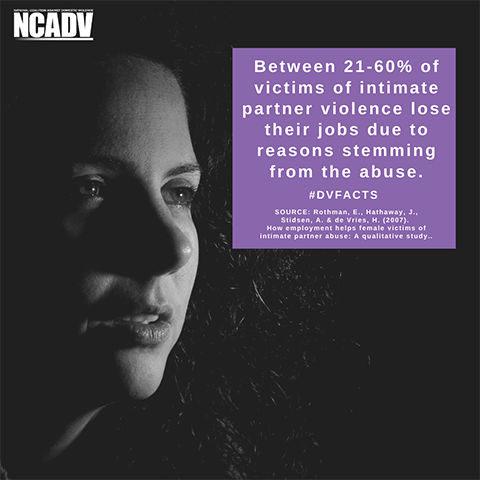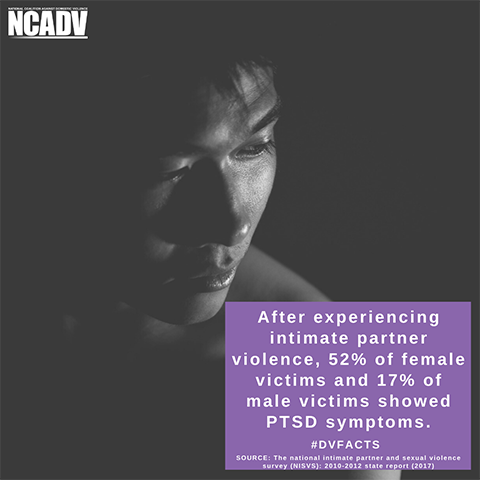KCSDV’s Fall 2020 Newsletter
- October 15, 2020
- Posted by: Lucca Wang
- Categories: 2020, All News & Blog Posts, Newsletters
In this newsletter:
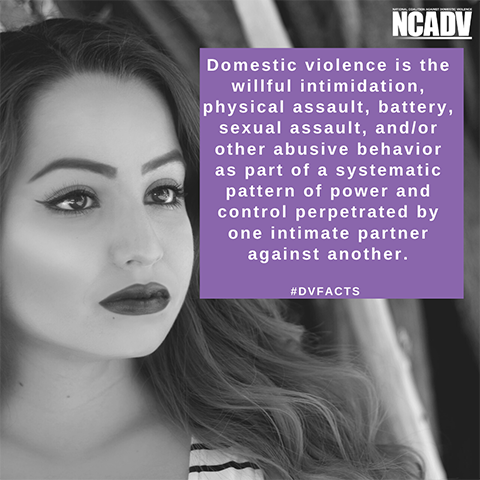
Domestic Violence Awareness Month (#DVAM2020)
October 2020 is the 33rd anniversary of Domestic Violence Awareness Month (DVAM). In October 1987, the first DVAM was observed. In 1989, the U.S. Congress passed Public Law 101-112 designating October of that year as National Domestic Violence Awareness Month. Such legislation has passed every year since. The goal of DVAM is to increase awareness about domestic violence and its impact on individuals, families, and communities as way to help prevent the widespread, public health problem.
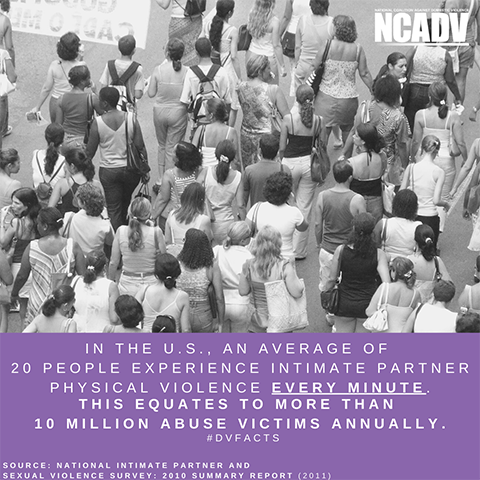
Awareness about domestic violence is notable too now during this pandemic, considering restricted movement, less in-person interactions outside of the home, and more limited resources. Victims and survivors might be more isolated and therefore more vulnerable to their abusers. Victims and survivors of domestic violence already face many barriers, including restrictions by the abuser, alienation by the abuser of the victim from those inside and outside the home, and societal victim-blaming beliefs and shaming. The added barriers of the pandemic further impact victims and survivors being able to successfully access the help and resources they might need.
To get a sense of how prevalent domestic violence is even without the pandemic, the Kansas Bureau of Investigation’s most recent reports show that one domestic violence incident occurred every 21 minutes and 50 seconds in Kansas in 2018.
In 2018, Kansas domestic violence programs provided residential and non-residential victim services to over 17,000 Kansans impacted by domestic violence.
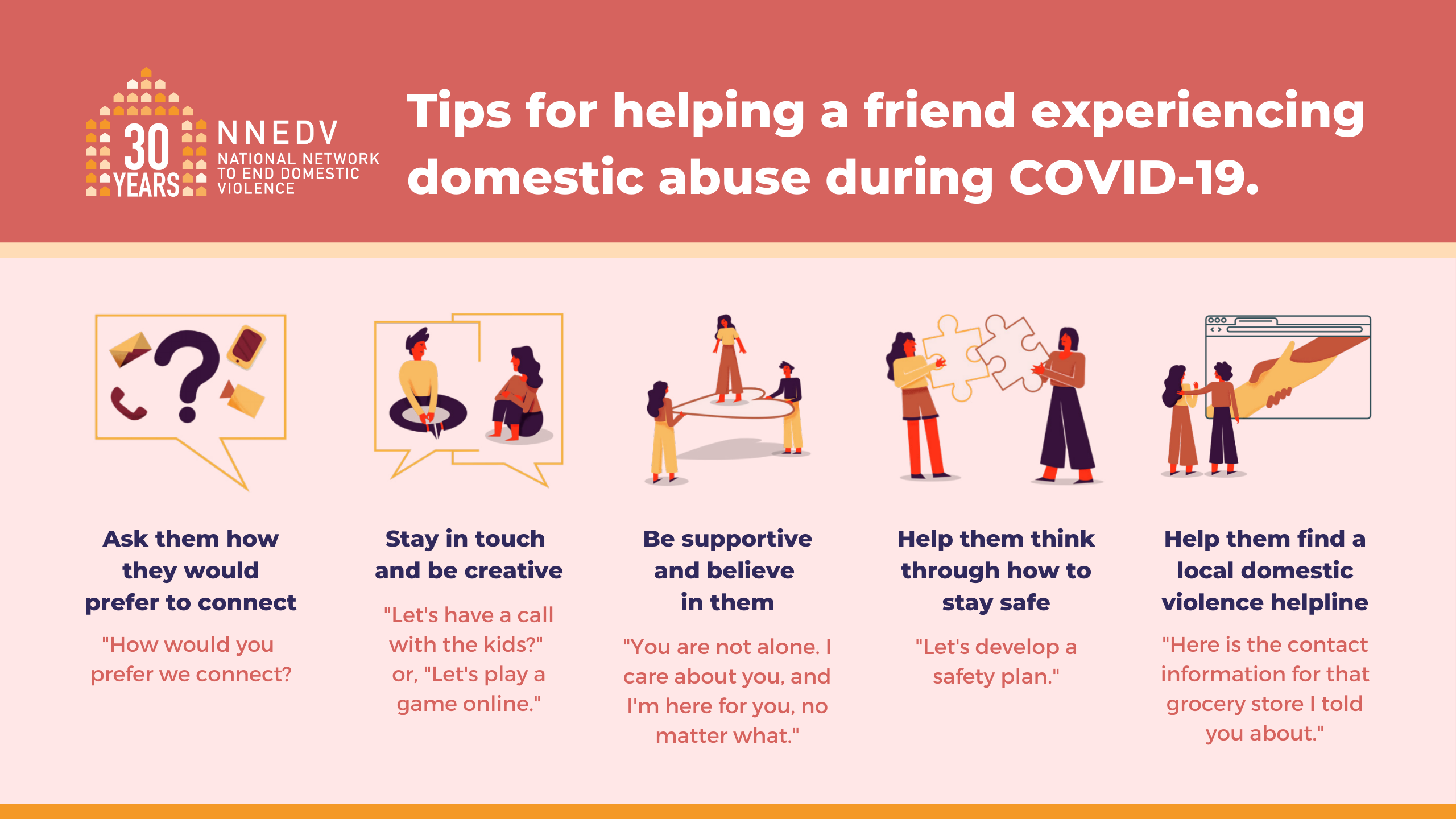
Physical violence is often accompanied by emotionally abusive and controlling behavior as part of a much larger, systematic pattern of dominance and control. Domestic violence can result in physical violence, isolation, and economic abuse as well as psychological abuse and trauma.
The month of October is a special time to acknowledge domestic violence and show support for domestic violence survivors.
You can observe National Domestic Violence Awareness Month by:
- Participating in Purple Thursday on October 22, 2020 by wearing purple.
Every year advocates, survivors, and supporters wear purple to stand in solidarity with victims of domestic violence and celebrate domestic violence awareness month. It is easy: Wear purple, get your friends, coworkers, or classmates to wear purple, and post a photo on social media with the hashtag #DVAM2020.
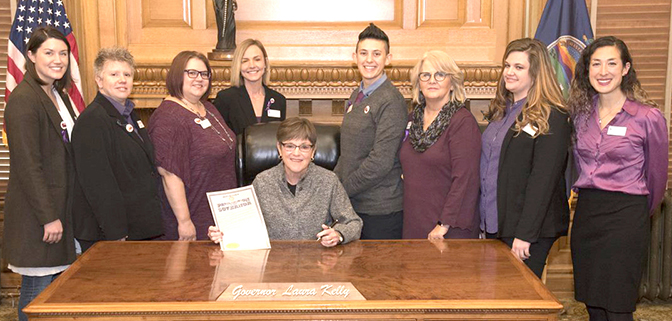
- Post the National Domestic Violence Hotline on social media: 1-800-799-7233.
Many people do not realize domestic violence is an issue in their community. Posting the National Domestic Violence Hotline is an easy way to spread the word about important resources.
- Get Informed About Your Resources.
There are 25 sexual and domestic violence direct victim services providers in cities and communities across Kansas. Participation in services is voluntary, confidential, and available at no cost to the victim. Find your nearest victim services provider via the KCSDV website. The Kansas Crisis Hotline is 1-888-363-2287. Victims can call anytime. It is available 24 hours a day, seven days a week, 365 days a year. Hotline services are also voluntary, confidential, and available at no cost.
KCSDV’s Protection Order Project: Available Resources
At different times, and because of unique safety concerns, survivors of sexual and domestic violence and human trafficking may need a protection order. Survivors are encouraged to connect with a sexual and domestic violence victim advocacy services provider Victim Advocate to discuss safety planning and the court’s protection order process and to determine whether a protection order is right for the survivor’s situation. Currently, there are two types of protection orders in Kansas: Protection from Abuse (PFA) and Protection from Stalking, Sexual Assault, and Human Trafficking (PFSSAHT).
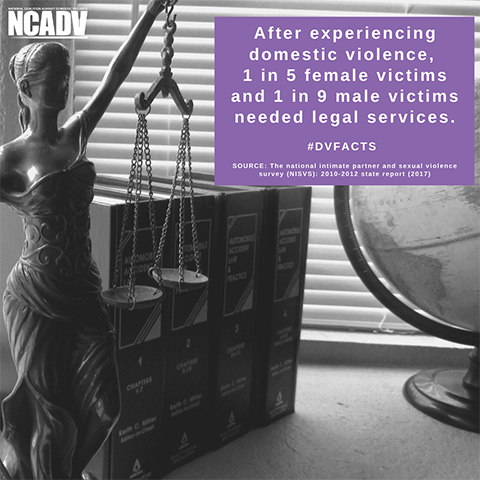
Resources for survivors:
- KCSDV Publication Resources. These publications are available via the KCSDV website.
- Frequently Asked Questions about Protection from Abuse and Protection from Stalking Orders: A Guide for Victims of Domestic Violence, Sexual Assault, and Stalking Booklet
- What You Need to Know About Protection from Abuse (PFA) Orders in Kansas Brochure
- What You Need to Know About the Protection from Stalking, Sexual Assault, or Human Trafficking (PFSSAHT) Act in Kansas Brochure
- Protection Order Guided Interview (Access to Justice). This electronic, self-guided, informational tool provides victims with important information about Kansas protection orders: It explains important safety considerations, necessary qualifications, court processes, possible funding relief and resources, and other considerations victims might want to consider before seeking a protection order. As always, it is recommended that victims speak with a Victim Advocate before petitioning the court for a protection order to discuss and conduct safety planning.
- KCSDV Coalition Member Program Map and List. This map on the KCSDV website provides links to the Kansas sexual and domestic violence victim advocacy services providers based on geographical location. Under the map image, contact information for the victim services providers is listed.
- Court Protection Order Forms. Through its website, the Kansas Judicial Council provides the necessary Protection from Abuse (PFA) and Protection from Stalking, Sexual Assault, and Human Trafficking (PFSSAHT) forms a survivor will need to seek a protection order. If a survivor is considering completing these forms, it is recommended they first speak with a Victim Advocate.
Resources for systems professionals assisting survivors:
- Kansas Protection Order Manual. The purpose of the manual is to assist attorneys, advocates, law enforcement officers, prosecutors, and judges involved in the protection order system in Kansas. The guide offers essential information about the Kansas protection order system and obtaining an order through the Protection from Abuse Act and the Protection from Stalking, Sexual Assault, or Human Trafficking Act.
- Law Enforcement Officer Pocket Card. Law enforcement officers can use this pocket card as reference when they are called for anything related to domestic violence and protection orders. The card includes Kansas law statute numbers for quick reference.
If there are any questions, please contact KCSDV’s Protection Order Project Coordinator via https://www.kcsdv.org/contact/.
KCSDV’s Disabilities Project Impact
In 2014, KCSDV and the Self-Advocate Coalition of Kansas (SACK) came together through KCSDV’s Disabilities Project. KCSDV and SACK partnered on the Office on Violence Against Women Disabilities grant program and formed the Kansas Building and Expanding Leaders and Individuals, Experience the Vision of Empowerment (Kansas BELIEVE) Project. This project continues to have a great impact on Kansas communities by creating and making plain language resources and information more accessible for those with intellectual and developmental disabilities who have been sexual assaulted. This is especially significant in this time of increased isolation during the pandemic.
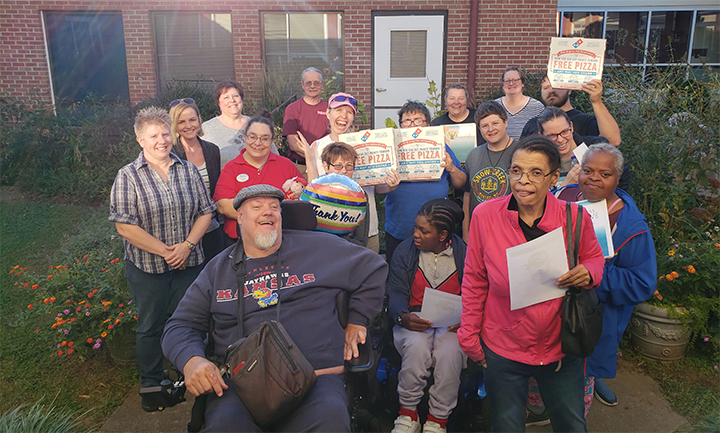
KCSDV and SACK’s first collaboration began in 2012 when both organizations recognized the need to address gaps and barriers in responses to people with intellectual and developmental disabilities (I/DD) who are survivors of sexual violence.
With assistance from the Vera Institute of Justice’s Center on Victimization and Safety, the Kansas BELIEVE team developed a vision and mission, conducted a needs assessment, and published a report.
Central to the vision and mission is Authentic Inclusion. Authentic Inclusion is defined by the Kansas BELIEVE team as a willingness of team members to learn from each other and not view self-advocates as tokens. It is about building trust with each other, making accommodations for all team members, and providing a chance for all team members to share their stories and ideas. This core value is shared throughout the project and has led to activities and materials that are inclusive and accessible. An equal voice, equitable partnership, and equal decision making belongs to all members of the Kansas BELIEVE team.
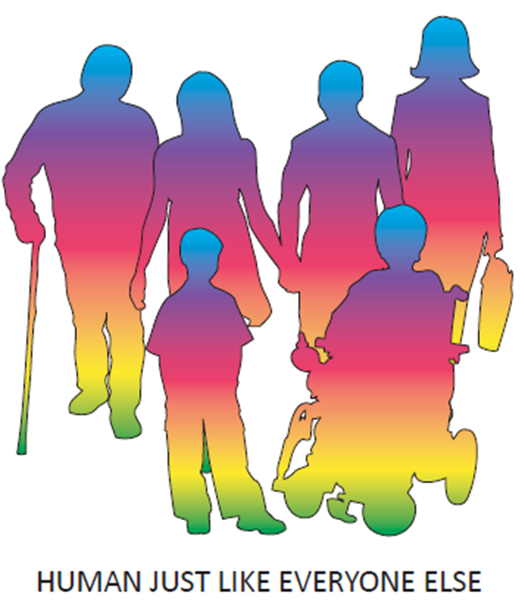
An objective of the Kansas BELIEVE Project is to build sustainable relationships between the sexual assault advocacy and the self-advocate movements.
The Kansas BELIEVE Project is currently helping local Kansas self-advocate chapters and local Kansas sexual assault programs use the model of Authentic Inclusion to build long-term collaborative partnerships and relationships in their communities. The goal is to improve how people with I/DD, who are survivors of sexual violence, access information, options, and services in their communities.
The Kansas BELIEVE team worked with sexual assault advocacy, self-advocate, and disabilities experts to develop a toolkit for self-advocates and a toolkit for sexual assault advocates.
Both toolkits address accommodations and guardianship. Accommodations and guardianship were two of the main gaps identified during the project needs assessment for sexual assault survivors. The toolkits were distributed to Kansas communities and were even shared nationally as a groundbreaking model project in 2019. The toolkits demonstrate the use of plain language, and the praise of the toolkits speak to their effective communication strategy. The toolkits are person-centered and focus on Authentic Inclusion and trauma-informed responses to sexual violence victims with I/DD.
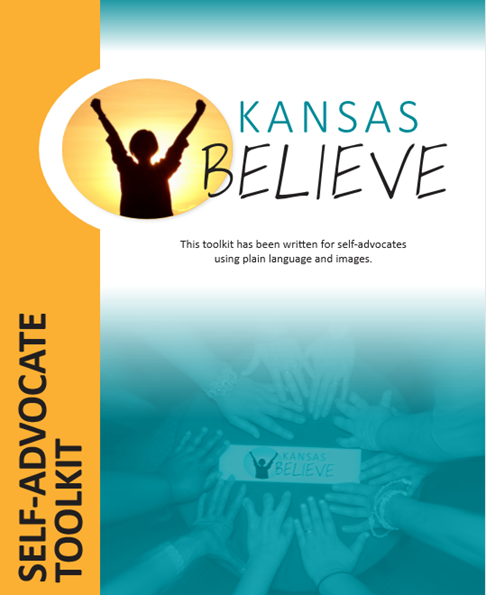
The project is adapting its work because of COVID-19. People with I/DD already experience isolation from society, and the pandemic has made this isolation worse. When the world is relying more heavily on technology to communicate and interact, many people with I/DD are left behind. Information in plain language about the pandemic and how to stay safe and healthy is often not accessible for people with I/DD. Plain language resources on how to use technology are also not widely available.
People with I/DD who are survivors of sexual violence are even more isolated and vulnerable. Increasing access to technology and better providing information on how to use it increases people’s rights to autonomy, self-determination, and inclusion.
For more information about the Kansas BELIEVE Project, please contact KCSDV’s Disabilities Project Coordinator via http://kcsdv.org/contact.
KCSDV Coalition Member Program Update: The Willow Domestic Violence Center is Growing Forward
Capacity limits, COVID-19 distancing needs, and flood damage to the first shelter prompted The Willow Domestic Violence Center (The Willow) in Lawrence to pursue purchasing a second shelter. The second shelter building ownership was officially transferred to The Willow on August 27, 2020. The new shelter adds 16 beds to The Willow’s existing 28 beds in the first shelter.
The Willow’s Executive Director Megan Stuke explains that due to COVID-19 distancing precautions, non-related people cannot stay in the same room. The additional eight rooms in the new shelter that will house two beds each is an especially welcome addition to services available for those in crisis in Douglas, Franklin, and Jefferson counties at this time. The Willow expects that the new shelter will be ready for use this fall.

To pay for the new shelter and to support needed repairs and updates to the first shelter, The Willow launched the capital campaign Growing Forward in March 2020. The goal is to raise $700,000. Around $550,000 has been raised. The Willow is still seeking $150,000 in donations to achieve the capital campaign goal.
The new space increases The Willow’s residential services capacity by moving away from a maximum 30-day emergency stay for victims to a maximum 90-day stay for victims. Research shows that increasing the length of stay greatly increases the ability of survivors to successfully escape abusive situations. In many instances, survivors need to replace personal documents, find employment, arrange for transportation or childcare, and secure affordable housing. The 90-day stay allows for trauma-informed case management and the time survivors and their families need to stabilize and have long term success.
“Our current shelter is always at capacity,” Executive Director Megan Stuke said. “The Willow has to grow forward so that we can effectively support individuals as they transform their lives.”
People can donate to The Willow’s capital campaign at http://www.willowdvcenter.org/donate.
Glad You Asked: Can Men be Sexually Assaulted?

Data from the 2015 National Intimate Partner and Sexual Violence Survey Data Brief indicates that “Nearly a quarter of men (24.8% or 27.6 million) in the U.S. experienced some form of contact sexual violence in their lifetime.” Of course, as in all questions regarding the prevalence of sexual violence- exact numbers are impossible to capture, and sexual violence is underreported. While male victims often face the same barriers as their female and non-binary counterparts when disclosing abuse (which might include fear of not being believed, feelings of guilt or shame, fear of how disclosure might impact their ongoing safety, a desire to move on with their lives, and more), they also face unique challenges tied specifically to their identity.
Boys begin learning societal expectations around masculinity from an early age. These expectations are reinforced both explicitly and implicitly and tend to be rather narrow in scope. Think about how we often praise boys when they act “tough,” show strength, or take charge. Consider the flood of messages boys and men receive that it’s not okay to cry, to express emotions other than anger, to show weakness, to be afraid, to ask for help- or perhaps worst of all, to do anything that might make one seem “like a girl.”
As Dr. Jim Hopper points out, “Having unwanted or abusive sexual experiences means being sexually used or dominated, vulnerable, overwhelmed, [and] flooded by intense emotions. All of that is the opposite of how males are supposed to be.”
And yet, sexual violence against men and boys is not rare. It has permeated many of our institutions. Some of these acts of violence (although not all) are part of bullying, hazing, or other initiations. A 2007 study found that one in 16 men are sexually assaulted while in college. The Department of Defense estimates that 7,500 men in the military “experienced some kind of contact or penetrative sexual assault in 2018”. That same year, 6.1% of male youth in juvenile correctional facilities reported staff sexual misconduct. Men in adult correctional facilities are also vulnerable to assault and harassment. Of course, a great deal of sexual violence also takes place in homes and communities.
If you are a male survivor of sexual assault or abuse, please know that you are not alone, what happened is not your fault, and that surviving sexual violence takes strength. Male survivors and survivors of all genders can find support through any of KCSDV’s coalition member programs, which are in cities and communities across the state. Services are free and confidential and are available whether the violence occurred recently or happened many years ago. Other resources include 1in6, a national organization with a mission “to help men who have had unwanted or abusive sexual experiences live healthier, happier lives.” 1in6 offers extensive information about sexual violence against men and boys as well as chat-based support groups. Wherever and however you choose to do so, please do not hesitate to reach out for whatever help you may need.
Resources
This project was supported by Grant No. 2019-MU-AX-0021 awarded by the Office on Violence Against Women, U.S. Department of Justice. The opinions, findings, conclusions, and recommendations expressed in this publication are those of the author(s) and do not necessarily reflect the views of the Department of Justice, Office on Violence Against Women.
KANSAS CRISIS HOTLINE: 888-END-ABUSE | 888-363-2287
Last Updated on Oct 15, 2020
